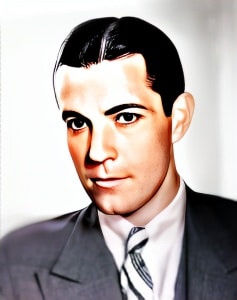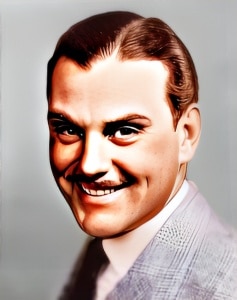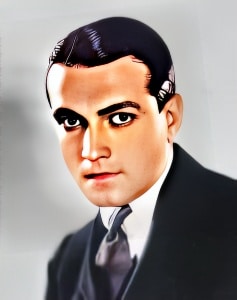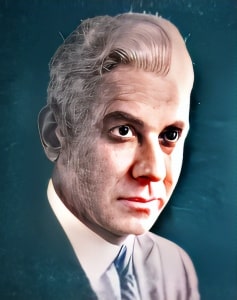 Ramon Novarro was a Mexican-born American actor who made a significant impact on the world of silent and early sound cinema.
Ramon Novarro was a Mexican-born American actor who made a significant impact on the world of silent and early sound cinema.
Born on February 6, 1899, as José Ramón Gil Samaniego, he would go on to become one of Hollywood’s leading actors during the 1920s and 1930s, known for his striking good looks, versatile acting abilities, and charismatic screen presence. Novarro’s career spanned several decades, and he left a lasting legacy in the history of American film.
Novarro’s journey into the world of entertainment began when he moved to Los Angeles as a child. His family’s association with the film industry introduced him to the world of cinema, and he pursued a career in acting. He made his screen debut in the silent film “Joan the Woman” (1916) and steadily worked his way up in the industry. His striking good looks and natural acting talent quickly gained him recognition among casting directors and audiences alike.
One of the defining moments in Novarro’s career was his role as the protagonist, André-Louis Moreau, in the 1923 silent film “ Scaramouche.” Directed by Rex Ingram and based on Rafael Sabatini’s novel, the film showcased Novarro’s versatility as an actor. His portrayal of André-Louis, a young lawyer turned swashbuckling adventurer during the French Revolution, demonstrated his ability to handle complex characters and emotionally charged storylines. “ Scaramouche” became a critical and commercial success, solidifying Novarro’s position as a leading man in Hollywood.
Novarro’s on-screen charisma and strong screen presence made him a popular choice for romantic leading roles in both silent and early sound films. He often starred opposite some of the era’s most renowned leading ladies, such as Greta Garbo, Joan Crawford, and Myrna Loy. Novarro’s ability to convey genuine emotion and chemistry with his co-stars contributed to the success of many of his films.
The transition from silent films to sound films marked a significant shift in the entertainment industry, and many silent film actors struggled to adapt to this new era. However, Ramon Novarro successfully made the transition. His rich baritone voice and acting skills allowed him to continue his success in the sound era. Novarro’s performances in early talkies, including “The Pagan” (1929) and “Mata Hari” (1931), demonstrated his versatility and ability to adapt to changing industry standards.
In addition to his acting career, Novarro was known for his philanthropic efforts and his advocacy for the rights of Mexican immigrants in the United States. He used his fame and resources to support various charitable causes and promote cultural awareness.
In conclusion, Ramon Novarro was a versatile and charismatic actor who made a lasting impact on the early years of American cinema. His career transitioned from silent films to sound, highlighting his adaptability and acting prowess. His performances, particularly in iconic films like “ Scaramouche,” continue to be celebrated by film enthusiasts and serve as a testament to his enduring influence on Hollywood’s Golden Age. Ramon Novarro’s legacy endures as an integral part of the history of American film.




